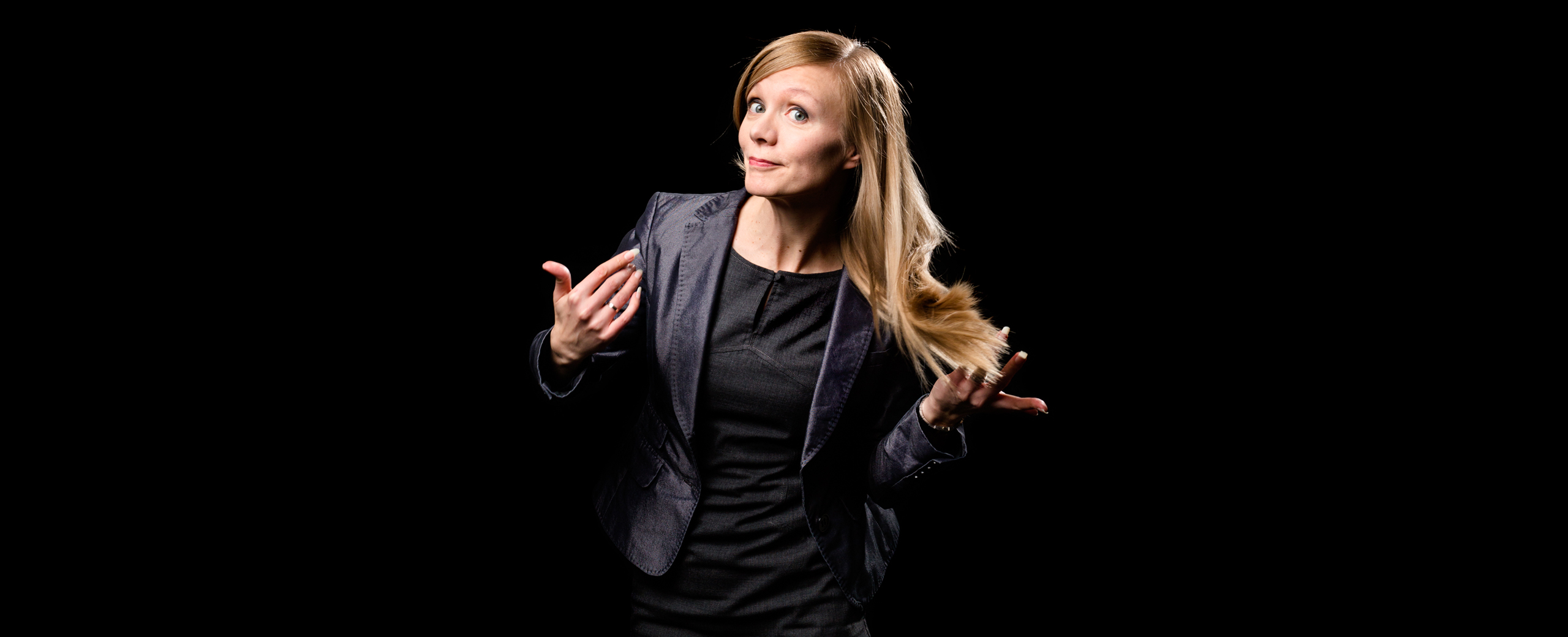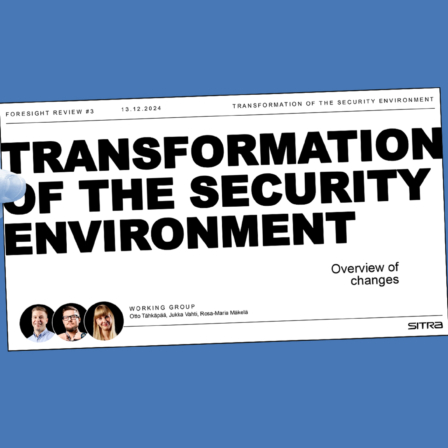In Finland, few people have had any interest in visions in recent years. I wrote in a recent blog about why I believe this will change soon (in Finnish). Demand for visions depends largely on the extent to which change is demanded of a community or organisation in the future. In case you are facing a rollercoaster ride that requires a shared vision to navigate, here are 3+1 tips for drawing up that vision.
1. Lose the flowery jargon
When I joined Sitra about 10 years ago, Sitra’s vision for Finland was as follows: “Finland will succeed as a pioneer of of systemic changes that create well-being”. Wow! It took a long time for us to figure out even among ourselves what exactly systemic change was supposed to mean. When we finally more or less agreed, we noted, on the basis of extensive external feedback, that nobody outside of Sitra knew what we meant. This is where a common pitfall of visionary thinking can be found lurking. There can be a great structure behind the thinking, but attempts at precise description can easily lead to off-putting jargon. Consequently, it is often a better option to choose a short and appealing summary as the vision, through which it is then possible to open up the brilliant thought inside, if necessary.
2. Don’t fall for a pasted-on slogan
When the language of a vision is honed to be appealing, there is the danger of creating nothing more than an artificial slogan. This is a big risk if putting the vision into words is done retroactively by different people after the actual content has been thought out. However, the worst-case scenario is if there is no actual vision at all, and if it is replaced by a mere advertising slogan that is not even stylistically compatible with the ways the organisation operates, nor in keeping with the style of its performers. If this happens, the vision can morph into an embarrassing catchphrase that is mainly used derisively.
A vision must sit well with the way the organisation operates and with the style of the performers
3. Forget conformity
Meaningfulness is increasingly important both at work and in life in general. At best, a vision crystallises meanings that are important for the members of a community. For this to be the case it needs to be accepted that each person interprets meanings and the visions that they reflect from their own points of view. The processes for advancing visions (or values) in years gone by would at times focus on methods in which each person would memorise selected lines “correctly”, word for word. This is not a very good way to achieve personal commitment. A good vision does not define the desired future in excessive detail. There needs to be the opportunity to interpret a vision in different ways, as long as it serves as an inspiration to work toward a similar goal.
A good vision does not define the desired future in excessive detail.
Excessively detailed characterisation can lead to the exclusion of many people from the vision; the vision loses contact with them. An excessive orthodoxy can develop, especially in communities where the members are emotionally committed, along with great conflicts over what would appear to be small and subtle differences when viewed from outside. Taken to the extreme, a detailed definition would lead to a situation in which the activity only speaks to one person in a perfect way.
+ Don’t try to please everyone
The opposite of hair-splitting in vision work is the temptation to try to find a final outcome that everyone can commit to and that nobody disapproves of. This ends up either in something that is self-evident, or in something vague that offers everything for everyone. A vision like this does not speak very well to anyone.
I have been working with visions either directly or indirectly for about 20 years. My career has been dotted with numerous examples of each of the four mistakes and I have managed to commit all of them myself. This year at Sitra we have updated our vision for the future of the Nordic model in The Next Era project. Sitra’s 50th anniversary celebration on 16 November was the perfect time to show what we have crystallised. In 2018, the discussion on visions will continue and I am waiting with interest for comments and feedback.
The Next Era vision work builds understanding about the upheaval that challenges developed societies, while visualising the success factors for the future Nordic model of society. The launch of the discussion for The Next Era of well-being took place at Sitra’s 50th-anniversary celebration on 16 November 2017.














Recommended
Have some more.